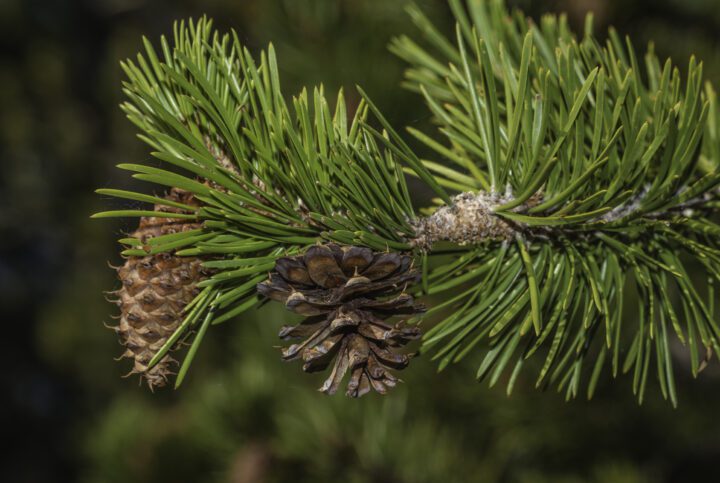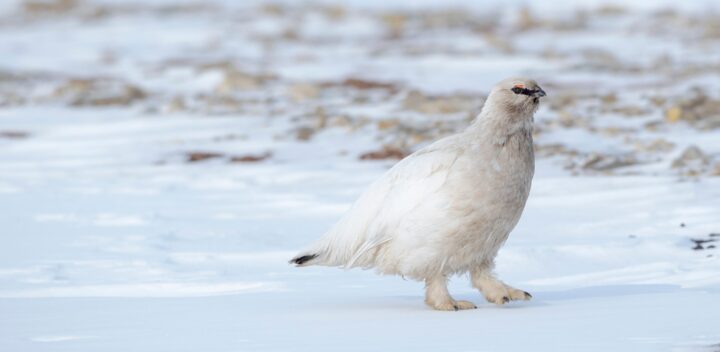Store Solids
Living systems, especially organisms, must sometimes store solids, often pieces of material (such as mud, seeds, stones, or leaf fragments). They use these solids for building structures, feeding during periods of low food availability, or other purposes. To be effective, the storage strategy must be appropriate to the sizes of solids and to the media in which they exist, whether air, water, or other solids like soil. It must also safely arrange the solids for storage in a location appropriate to either short- or long-term storage. An example is the Clark’s nutcracker, a forest bird that can collect up to 150 pine seeds and temporarily hold them in an expandable pouch under its head, where it doesn’t interfere with the bird’s daily activities.
Modify Size/Shape/Mass/Volume
Many living systems alter their physical properties, such as size, shape, mass, or volume. These modifications occur in response to the living system’s needs and/or changing environmental conditions. For example, they may do this to move more efficiently, escape predators, recover from damage, or for many other reasons. These modifications require appropriate response rates and levels. Modifying any of these properties requires materials to enable such changes, cues to make the changes, and mechanisms to control them. An example is the porcupine fish, which protects itself from predators by taking sips of water or air to inflate its body and to erect spines embedded in its skin.





